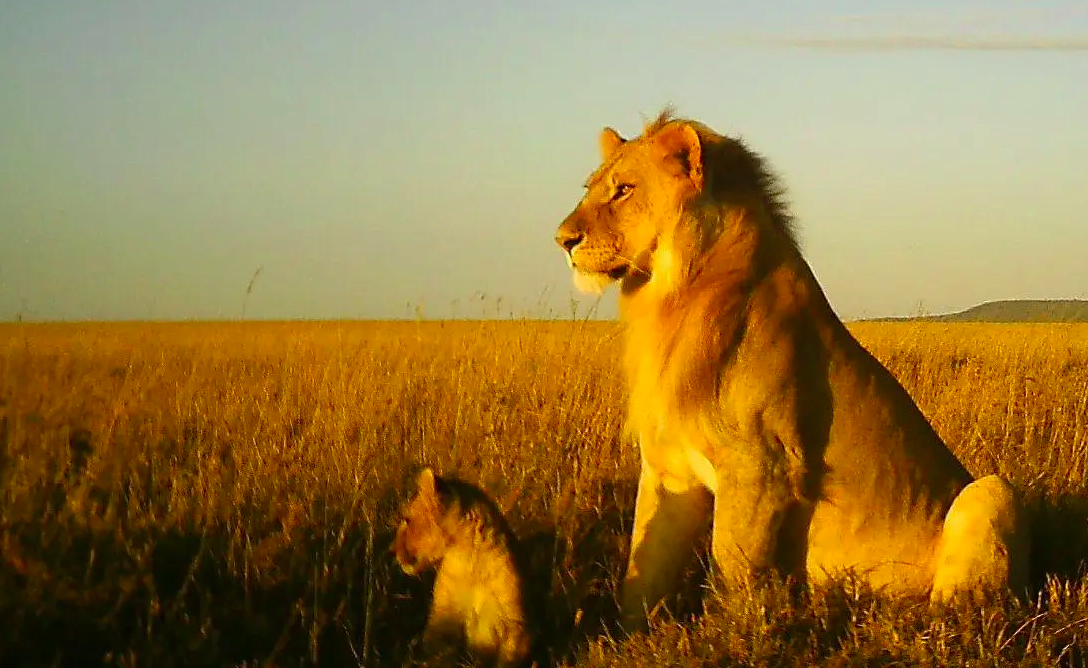
Researchers from Deepmind have joined forces with ecologists and conservationists to use machine learning for the purpose of studying wildlife behavior in Tanzania’s Serengeti National Park.
The project builds upon previous research in this area, where researchers have collected a large dataset of images of wild animals in the Serengeti national park. Snapshot Serengeti, as the dataset was called, contains labels and counts for images of more than 50 species of animals and it was collected and annotated by volunteers over the past few years.
Now, DeepMind’s experts together with ecologists used the Snapshot Serengeti dataset to train deep learning models for automatic detection, identification and counting of wild animals in images. The images coming from trap cameras are quite different than other everyday images. Very often, the objects of interest (the animals in this case) appear out of focus and blurry in these images. This, as a result, represents a challenge both for commonly used machine learning models as well as human annotators.
In this project, researchers are trying to address this challenge and build a robust enough model that will be able to identify animals in trap-camera images. They showed that their model is performing better than human annotators most of the time and shortens the data processing time significantly.
The team says that they are preparing software that will enable collaborators in the field to make use of this technology based on machine learning. The full report about this project can be read in Deepmind’s official blog.